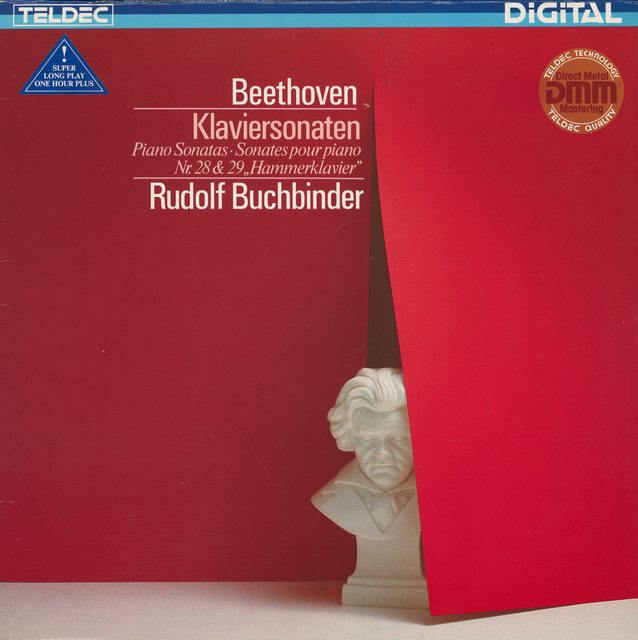 |
|
1 LP -
6.42761 AZ- (c) 1984
|
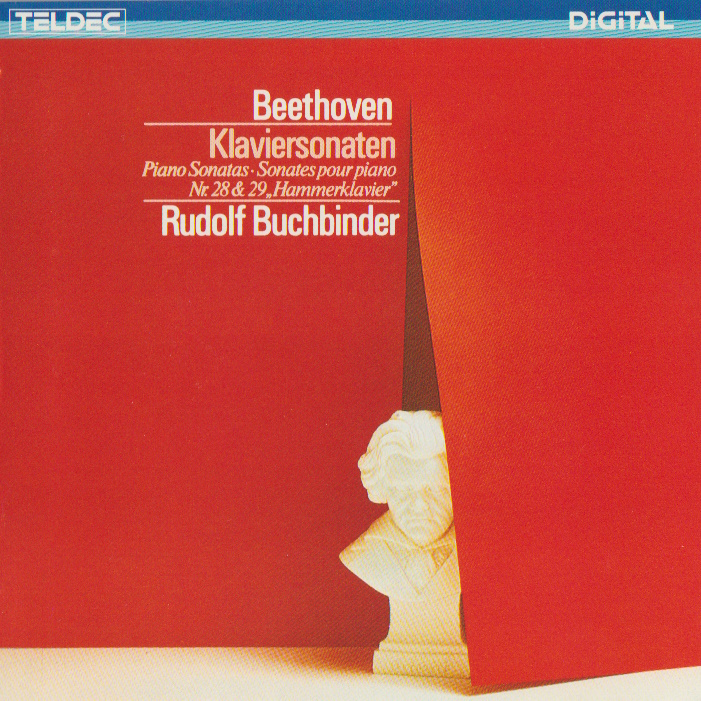 |
| 1 CD -
8.42761 ZK - (c) 1984 |
|
DIE
KLAVIERSONATEN
|
|
|
|
|
|
|
|
| Ludwig van
BEETHOVEN (1750-1827) |
Klaviersonate
Nr. 28 A-dur, Op. 101 - Der
Freiin Dorothea von Ertmann
gewidmet (Komponiert um 1816)
|
|
20' 01" |
|
|
-
Etwas lebhaft und mit der innigsten
Empfindung: Allegretto ma non troppo
|
4' 05" |
|
A1 |
|
-
Lebhaft · Marschmäßig: Vivace alla
Marcia
|
5' 50" |
|
A2 |
|
-
Lansam und sehnsuchtsvoll: adagio,
ma non troppo, con affetto
|
2' 58" |
|
A3 |
|
-
Geschwinde, doch nicht zu sehr, und
mit Entschlossenheit: Allegro
|
7' 08" |
|
A4 |
|
Klaviersonate
Nr. 29 B-dur,
Op. 106 "Große
Sonate für das
Hammerklavier" - Dem
Erzherzog Rudolph
von Österreich
gewidmet
(Komponiert 1817/18)
|
|
46' 04" |
|
|
-
Allegro
|
10' 28" |
|
A5 |
|
-
Scherzo: Assai vivace
|
2' 16" |
|
A6 |
|
-
Adagio sostenuto: Appassionato e con
molto sentimento
|
20' 54" |
|
B3 |
|
-
Largo · Allegro · Allegro risoluto
(Fuga a tre voci, con alcune
licenze)
|
12' 26" |
|
B4 |
|
|
|
|
Rudolf BUCHBINDER,
Klavier (STEINWAY-Flügel)
|
|
|
|
|
|
Luogo
e data di registrazione |
|
-
|
|
|
Original
Editions |
|
Telefunken
| 6.35596 FK - Vol.4 | 3 LPs | LC
0366 | durata: 55' 39" · 42' 47" ·
65' 59" | (p) 1982 | ANA | stereo
Teldec | 6.42761 AZ | 1 LP | LC
0366 | durata 66' 00" | (p) &
(c) 1984 | DDD/DMM | stereo
|
|
|
Edizione CD
|
|
Teldec |
8.42761 ZK | 1 CD | LC
3706 | (c) 1984
| DDD/DMM | stereo
|
|
|
Executive
Producer |
|
-
|
|
|
Recording
Engineer |
|
-
|
|
|
Cover design
|
|
Holger
Matthies
|
|
|
Note |
|
- |
|
|
|
|
| THE 32
PIANO SONATAS (10 CDs DMM) |
Piano
Sonata Nr. 28 A-dur, Op. 101
With this sonata, completed in
1816, Beethoven's creative work
began to flow again after several
years of sluggish production, not
unconnected with the political
confusion of the period. One of
the most striking innovations of
his late period style, which is
generally acknowledged as
beginning with op. 101, is an
emphatic move towards contrapuntal
writing, towards fugues,
particularly in his final movements
(piano sonatas opp. 101, 106, 110,
cello sonata op. 102, No. 2). In
op. 101 the finale, as in so many
others of his late works the
most weighty movement, completely
envelops the sonata form in
contrapuntal notions: in the
exposition all thematic
figurations are presented fugato,
the development and later, by
analogy, the coda begin with a
genuine four-part fugue on the
main subject in the tonic minor.
An adagio, highly expressive in
spite of being a mere twenty bars,
is headed ”langsam und
sehnsuchtsvoll”, i.e. ”slow and
yearning”; (in op. 101 Beethoven
continued the practice started
with op. 90 of using German
headings, although he added
Italian markings.) It is somewhat
reminiscent of the ”Introduzione”
in the Waldstein sonata, which
also ushers in the tremendous final
movement. In between, before the
”attacca” of the Finale, there is
a brief quotation from the first
movement, a device intended to
emphasise the cyclical unity of
the whole concept, which is later
encountered on several occasions,
notably in the Ninth Symphony. The
first movement is lyrical and
sensitive throughout, really more
in the style of a central slow
movement; here the differentiation
of form and theme which is
inherent in the sonata movement
proper has all but disappeared. (The
particular rhythm of the movement,
tied quavers on the weak beat
resulting in syncopation, is later
frequently to be found in the
works of Schumann and Brahms.)
Beethoven described this sonata as
very difficult to perform; he
dedicated it to one of the most
accomplished pianists in Vienna,
the Baroness Ertmann (“Receive
what I have often intended for you
and which, I hope, will prove my
devotion both to you and to your
artistic talent.”) Both Reichardt
and Mendelssohn considered her
interpretation of his works to be
perfection itself, and Anton
Schindler, Beethoven’s confident
and subsequently his biographer,
praised her in the following
terms: “Her achievements were
simply unique. She sensed
intuitively even the most arcane
intentions in Beethoven’s works
with such certainty as though they
were written out and in front of
her very eyes.”
Piano Sonata Nr. 29 B-dur, Op.
106 "Große Sonate für das
Hammerklavier"
This sonata, written in 1818, is
practically the only major work of
that year and the longest and most
difficult of all Beethoven's piano
sonatas; it almost strikes one as
a gateway leading to the
tremendous edifice of the ”Missa
Solemnis”, which he started
immediately afterwards. (The
epithet "Hammerklavier” Sonata,
derived from the original title
“Grand Sonata for the
Hammerklavier” has no significance
other than that in place of the
customary term ”pianoforte” he
used the equivalent German name,
as he did for example in op. 101.)
The publication of the sonata in
1819 was greeted with comments
such as these: ”Thus we can
observe, after only a few lines,
that this work does not just
differ from the master's other
creations in its abundant and vast
imagination but that, by virtue of
the artistic perfection of its
unified writing” (this refers to
the counterpoint of the fugue in
the last movement) “it appears to
mark a new period in Beethoven's
piano works.” This is his last
sonata in the grand, four-movement
structure, though the largo which
introduces the finale almost
achieves the status of an
independent movement, thereby
creating a roughly symmetrical
structure of five movements. The
longest movement, the adagio, lies
at the core, with two shorter
movements (scherzo and largo)
separating it from the huge outer
movements.
As in the
“Waldstein” and “Appassionata”,
the first movement is of truly
symphonic proportions, abounding
with changing harmonies, furious
contrasts, extraordinary tonal
effects, exploiting the extreme
registers of the piano and
demanding a degree of virtuosity
that is not merely an end in
itself. By contrast there follows
a fleeting yet somehow constrained
scherzo and a strange trio with
colourless broken triads leading
to a wild cadence, marked presto;
after the repeat of the scherzo
there is a coda with an oppressive
conflict between the last note,
the tonic B flat, and the “wrong”
B natural. The adagio, marked
“appassionato e con molto
sentimento”, with its very free
formal structure and its
tremendous dimensions (Beethoven’s
longest sonata movement along with
the “Arietta” of op. 111) is one
vast “espressivo” of movingly
intoned sounds of grief and
isolation with its climax in B
minor, the key which Beethoven in
1816 described on a sketch as the
“black key”. — The largo, a
completely free fantasia written
in part without bar lines, is
followed by the crowning edifice
of a “fuga con alcune licenze” (a
fugue with some degree of freedom)
taking up 400 bars, a worthy
counterpart to the “Grosse Fuge”
op. 133, originally planned as the
last movement of the string
quartet op. 130. Its counterpoint
is executed with every form of
sophistication, yet the overall
concept is one of tremendous
freedom; the part-writing is
complex, the rhythm and metre
extraordinarily difficult; one way
and another the whole
“Hammerklavier” sonata was
virtually beyond the capacity of
performers of the time. To his
publisher Beethoven wrote:
“There’s a sonata for you that
will give pianists trouble, and
will only be played in fifty
years’ time.” In the event it did
not take quite as long as that: it
was probably Franz Liszt who first
managed to play the
“Hammerklavier” sonata at a public
concert in Paris in 1836. Hector
Berlioz was full of enthusiasm:
“The ideal performance of a work
reputed to be unperformable; by
rendering a work which had until
then not been understood, Liszt
has proved that he is the pianist
of the future.” |

1 CD - 8.42761 ZK - (c) 1984
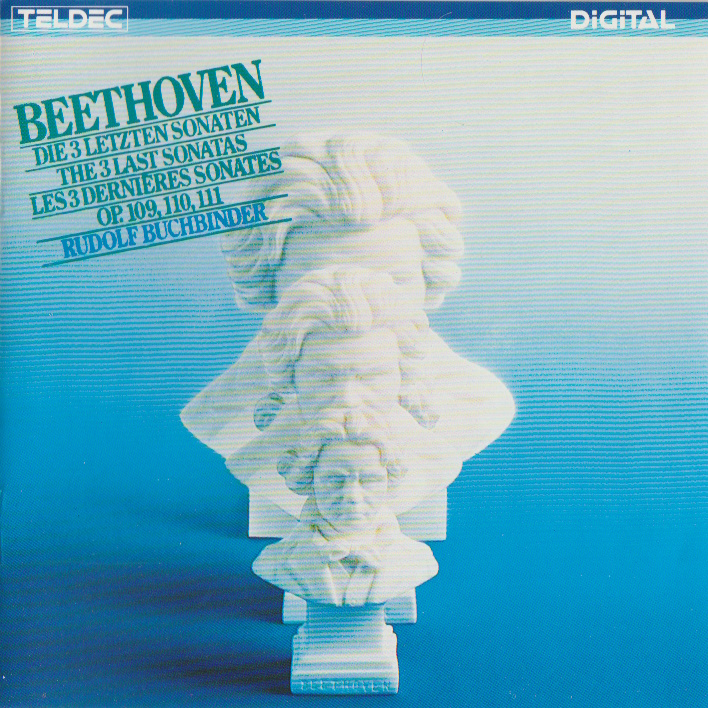 1 CD -
8.43027 ZK - (c) 1984
1 CD -
8.43027 ZK - (c) 1984

1 CD -
8.43206 ZK -
(p) 1985
1 CD - 8.43415
ZK - (p) 1986
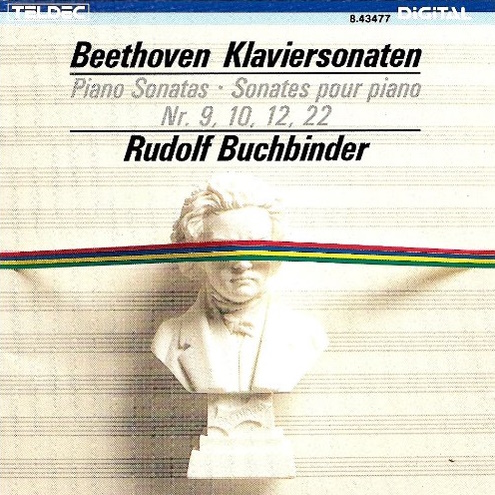
1 CD - 8.43477
ZK - (p) 1987
|
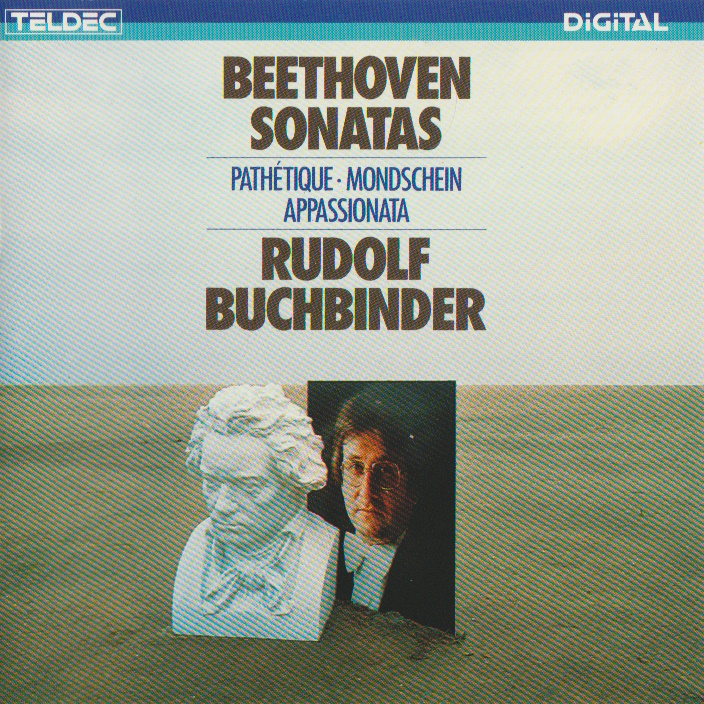
1 CD - 8.42913 ZK - (c) 1983
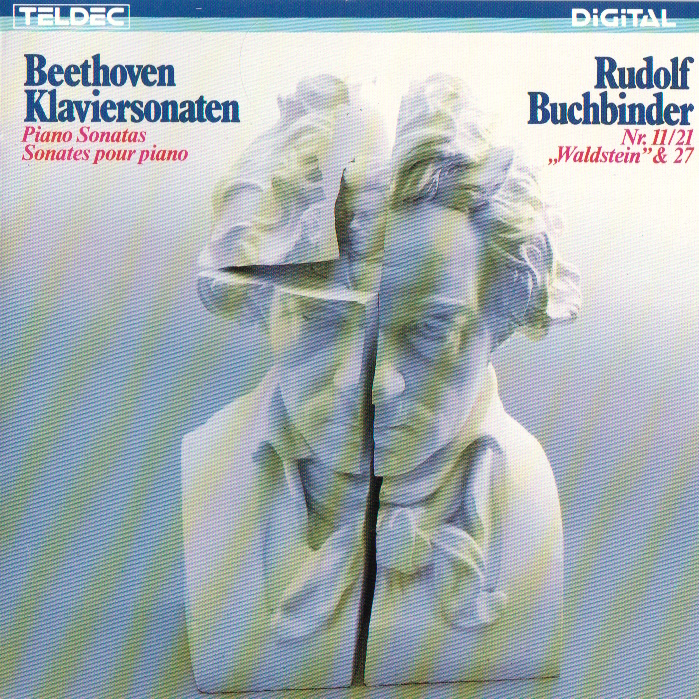
1 CD - 8.43111 ZK - (p)
1985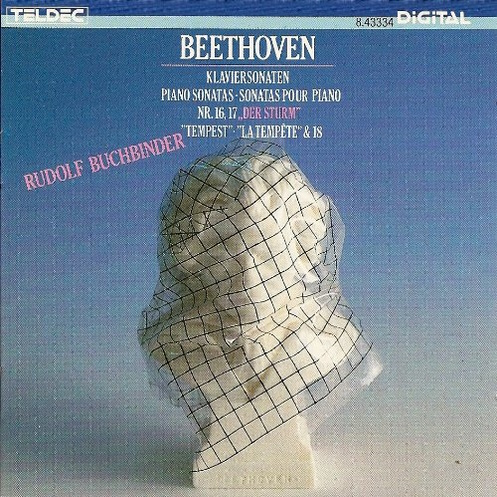
1 CD - 8.43334 ZK
- (p) 1986

1 CD - 8.43476
ZK - (p) 1987

1 CD - 8.43478
ZK - (p) 1987
|
|
|
|
|